1. SlimFast Shakes
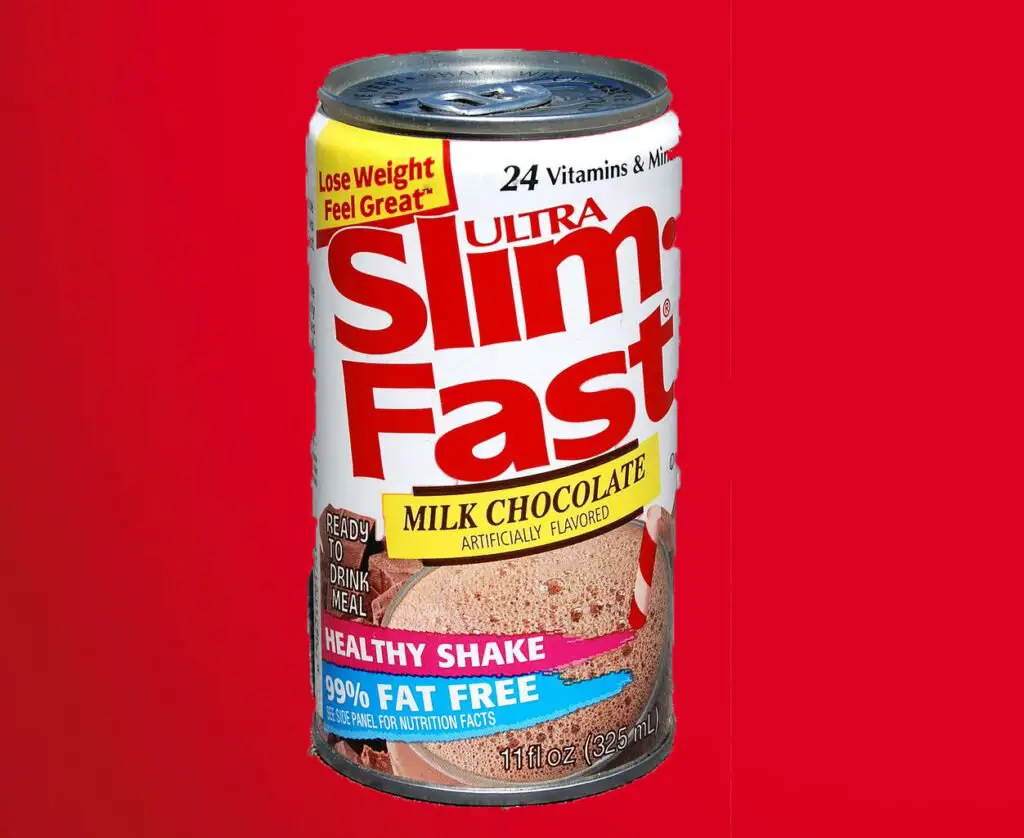
For many in the 70s, SlimFast promised the dream of easy weight loss: just drink two shakes a day, then eat a sensible dinner. The shakes came in flavors like chocolate or vanilla, and they were everywhere—on TV, in magazines, at the grocery store. But living off shakes alone left most people hungry, tired, and craving real food. Unsurprisingly, most people couldn’t stick to the plan, and any weight lost came back as soon as they returned to normal eating.
2. Jazzercise
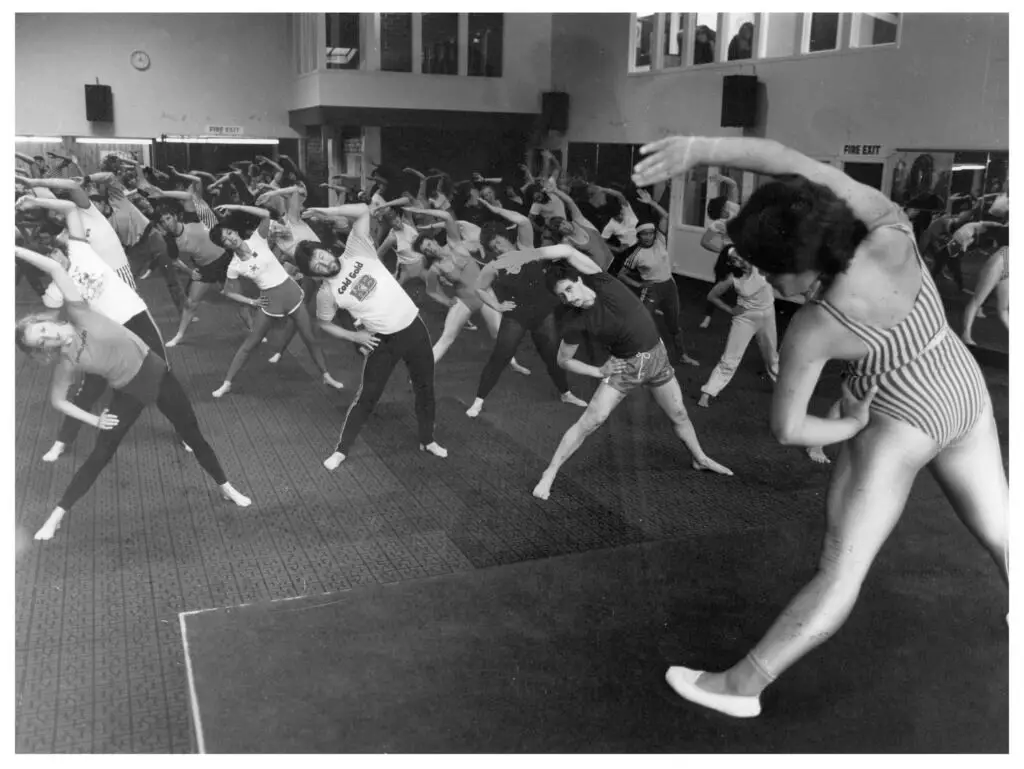
The 70s gave us Jazzercise, a blend of jazz dance and aerobic exercise that promised to get us fit while grooving to upbeat tunes. Women across the country donned leotards, leg warmers, and headbands, flocking to their local gyms or tuning in to TV for classes. It was fun and energetic, but for many, the results didn’t last. While Jazzercise kept you moving, the high-energy moves didn’t exactly stick as a long-term fitness plan, and once the novelty wore off, so did the enthusiasm to keep going.
3. Vibrating Belt Machines
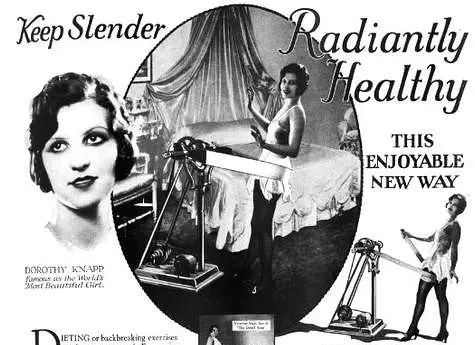
These contraptions were a staple of 70s gyms, and if you’ve ever seen one, you know why they were such a craze. You’d stand there, wrap the belt around your waist (or thighs, or arms), and let it jiggle the fat away. Or at least, that’s what we all thought. They were marketed as a way to effortlessly tone your body without breaking a sweat. In reality, the belts didn’t do much more than shake you around a bit—and despite all that jiggling, they never seemed to make anyone slimmer.
4. The 8-Minute Abs Craze
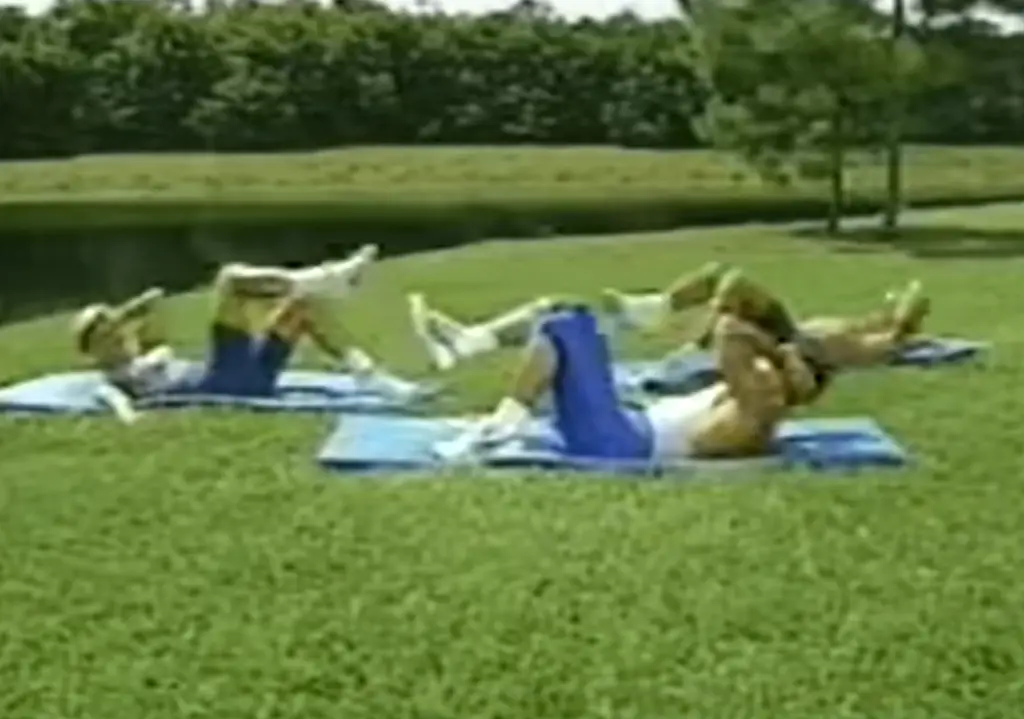
Before YouTube workouts and fitness apps, there was the magical allure of 8-minute abs. The idea was simple: follow a short, intense workout, and you’d have washboard abs in no time. The catchy promise of a shortcut to fitness was irresistible, and people everywhere gave it a shot. However, it didn’t take long to realize that 8 minutes a day wasn’t quite enough to transform the average person’s physique, especially without addressing diet or overall health.
5. The Grapefruit Diet

Not quite a workout, but definitely a 70s health fad, the Grapefruit Diet was based on the belief that eating half a grapefruit with every meal could magically melt away fat. The restrictive eating plan combined protein-heavy meals with grapefruit, and people swore by its fat-burning properties. But as with most crash diets, it wasn’t sustainable, and the pounds usually came back as soon as the diet ended. Plus, eating grapefruit non-stop gets old fast.
6. Hula-Hooping for Fitness
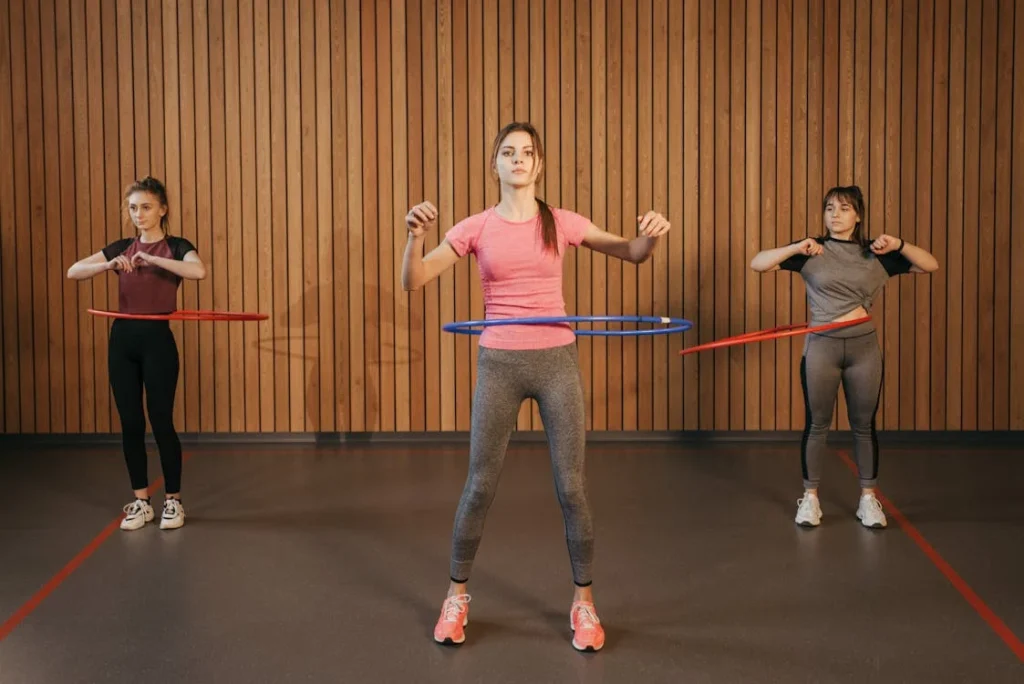
Many of us remember twirling a hula hoop in our backyards for fun as kids, but in the 70s, people took it up as a fitness tool. There were even classes dedicated to hula-hooping your way to a slimmer waistline. It was playful and nostalgic, but it was hardly a rigorous workout. Sure, it was fun to twirl the hoop around for a while, but once you realized that spinning plastic around your hips wasn’t making a difference, it was easy to hang it up for good.
7. Health Spas with Steam Baths and Saunas

In the 70s, health spas were booming, and steam baths were seen as the ultimate way to detoxify and shed pounds. People would sit in hot, steamy rooms, hoping to sweat out the extra weight. While saunas and steam baths can help you relax and clear your pores, they don’t exactly burn fat. Still, it was a popular fitness fad that many swore by—until they realized the water weight loss was temporary at best.
8. Isometrics
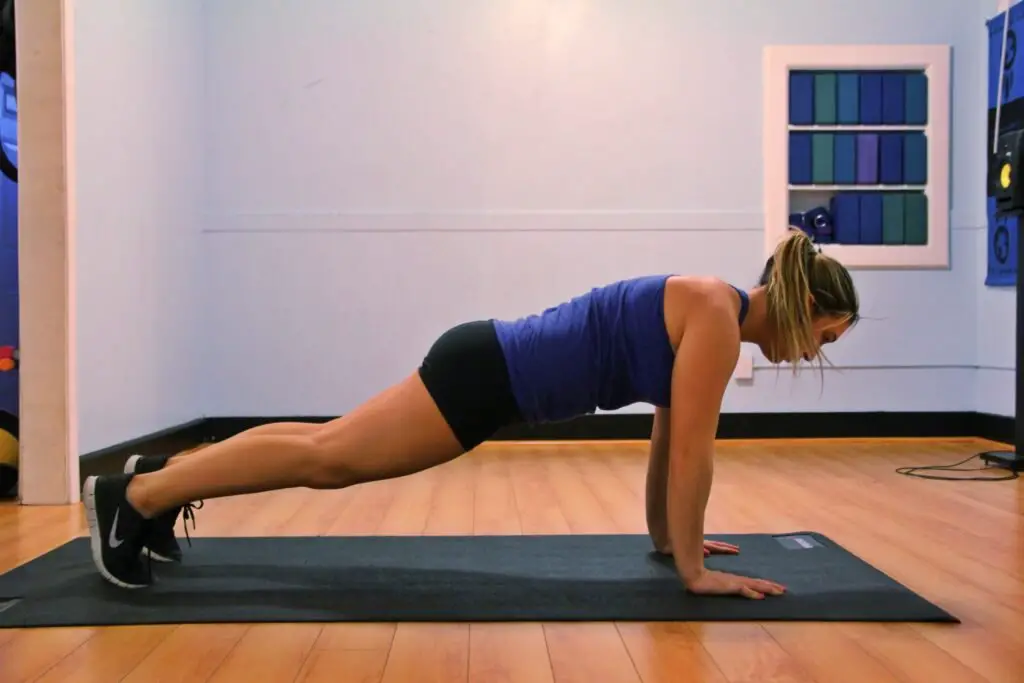
Isometrics became a fitness buzzword in the 70s, with the idea that by holding a position and tensing your muscles without moving, you could build strength and tone your body. It seemed perfect for anyone who didn’t want to go to the gym or deal with fancy equipment. While isometrics do work for maintaining muscle tension, they didn’t burn calories or build overall fitness the way cardio or traditional weight training would. It turned out that you couldn’t just “tense” your way to fitness.
9. Running Boom
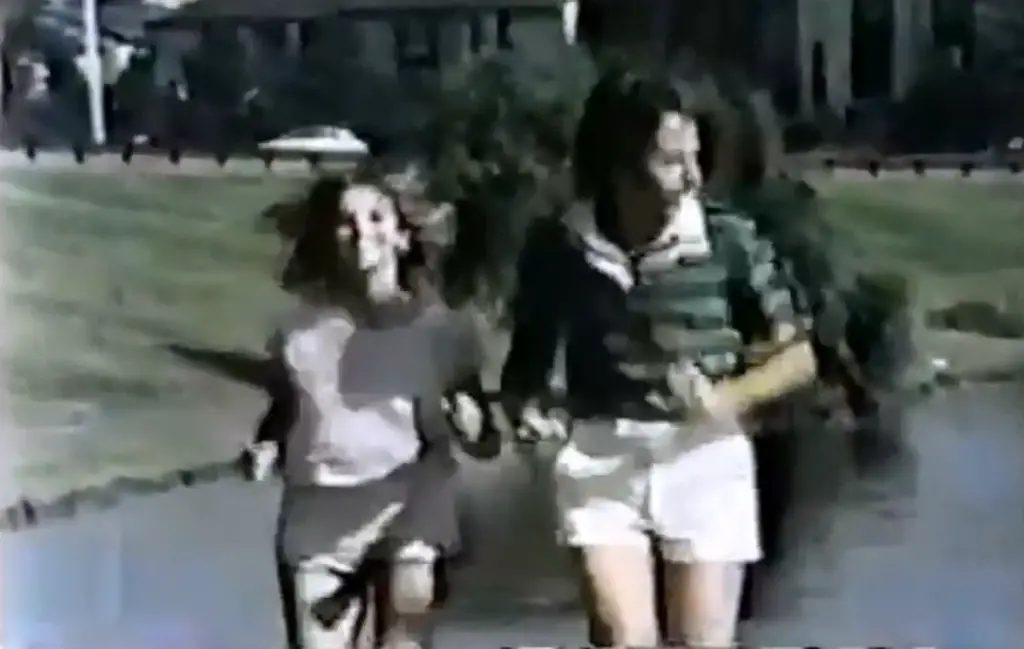
While jogging is still a great way to stay in shape, the 70s running boom led to a lot of people diving headfirst into the trend without proper shoes, technique, or understanding of how to pace themselves. Suddenly, everyone was out on the road, running around the neighborhood, and entering races. But without guidance, many found themselves injured or burned out, realizing that running, while effective, wasn’t a quick fix for everyone. It turned out to be more about the journey than an instant transformation.
10. Body by Jake
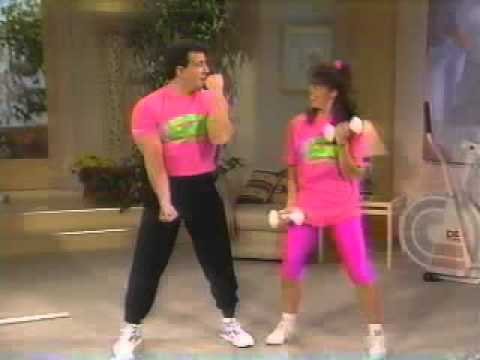
Jake Steinfeld, the energetic trainer behind the Body by Jake phenomenon, promised us we could get fit and toned by following his at-home workout routines. His charm and enthusiasm made it feel like anyone could do it, and those infomercials sucked people right in. But even though the workouts were accessible, they weren’t revolutionary. For most, it was hard to stay motivated without the guidance of a real trainer, and the results didn’t last without serious dedication.
11. ThighMaster

Though technically it came into prominence in the late 80s and early 90s, the ThighMaster owes its roots to 70s fitness culture. The promise? Squeeze this little contraption between your legs, and you’d have slim, toned thighs in no time. While it did provide some muscle resistance, it wasn’t the miracle tool people hoped for. Most folks ended up tucking the ThighMaster under the bed after a few tries, realizing that no piece of equipment could target just one area and melt fat away like magic.
12. Aerobic Dance
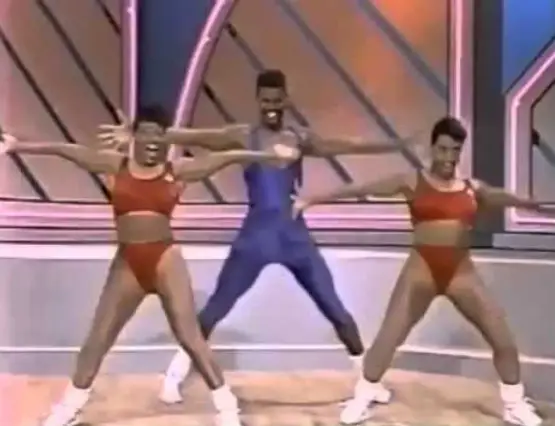
Aerobics classes took the 70s by storm, with studios popping up everywhere and people jumping, kicking, and stepping their way to the beat of lively music. The classes were fun, social, and felt empowering, with choreographed moves that had everyone feeling like a dancer. But the downside was that many participants overdid it without proper training, leading to injuries, or gave up when the novelty wore off. It was effective cardio, but staying consistent was the real challenge.
Looking back, these fitness fads from the 70s were more about fun, excitement, and optimism than actual effectiveness. We wanted to believe there was a quick fix, a magical tool, or a fun new way to stay fit. But most of these trends faded away, replaced by new ones—leaving us with fond memories of trying every quirky method to get in shape, even if they didn’t quite work.


